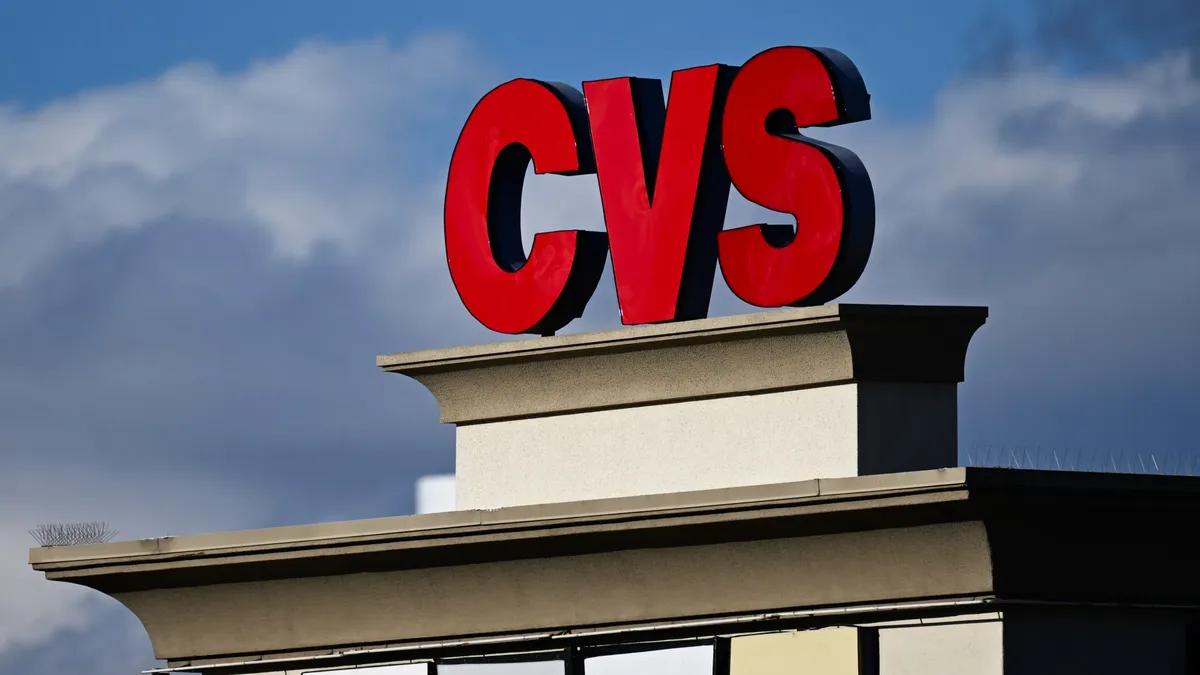
After a challenging 2024, CVS Health appears to be on a promising path to recovery. The retail drugstore chain recently reported a significant beat on its fourth-quarter earnings and released a 2025 profit outlook that aligns with expectations. This positive news has bolstered investor confidence, evidenced by a more than 45% increase in CVS shares for the year. In contrast, its main competitor Walgreens has seen only a near 3% rise in its stock.
The upbeat earnings report from CVS may signal a brighter future, or at the very least, suggest that the company is overcoming last year's challenges. In 2024, CVS's stock plummeted over 40% due to missed earnings estimates for three consecutive quarters and the withdrawal of its annual forecast. This decline was largely attributed to unexpectedly high medical costs within its insurance unit and other issues such as pharmacy reimbursement pressures.
While CVS isn't entirely out of the woods, medical costs were less severe during the fourth quarter. However, they are expected to remain elevated in 2025 as more seniors utilize healthcare services. Despite these challenges, analysts are optimistic about CVS's potential to meet its full-year 2025 adjusted earnings outlook of $5.75 to $6 per share. The company has initiated store closures and cost-cutting measures, and its new CEO, David Joyner, has focused extensively on the insurance unit, Aetna, during his initial days in leadership.
CVS has proactively addressed its insurance business issues, which include plans under the Affordable Care Act, Medicare Advantage, and Medicaid, along with dental and vision coverage. The company exited certain unprofitable health plans in 2024 and increased premiums to enroll fewer members this year. Analysts at Cantor Fitzgerald have expressed increased confidence in CVS's ability to improve margins within its Medicare Advantage business and return to normal levels by 2027.
CVS aims to enhance the Medicare Advantage business to achieve a 3% to 5% margin, a significant improvement from the negative 4.5% to 5% range seen at the end of 2024. The company plans to reduce Medicare Advantage membership by a high single-digit percentage by year-end, with Aetna having 4.4 million members as of December.
Medicare Advantage, a privately run health insurance plan contracted by Medicare, has historically driven growth and profits for insurers. However, the rise in medical costs has raised concerns among investors. To improve margins, CVS plans to decrease insurance members by over 1 million this year, with 800,000 in the individual market. Aetna has also received better Medicare Advantage star ratings for the 2025 payment year, potentially boosting its federal payments in 2026.
On a recent earnings call, CEO Joyner highlighted the company's push for higher payment rates from the government for Medicare Advantage, noting that proposed rates for 2026 do not account for the increased medical costs experienced over the last year. The Biden administration proposed a 2.2% increase in Medicare Advantage reimbursement rates for 2026, up from a 0.2% drop this year.
Shares of CVS are surpassing most of its healthcare competitors on both the insurance and retail pharmacy fronts. Jefferies analyst Brian Tanquilut attributes this to CVS's unique position as a company owning a health insurer, a retail drugstore chain, and a pharmacy benefit manager (PBM) called Caremark. This synergy offers CVS a competitive advantage, especially as Caremark directs drug prescriptions to CVS retail pharmacies, enhancing its market share over its rival Walgreens.
While insurers like Cigna and UnitedHealth Group also own PBMs, CVS's ownership of a retail pharmacy distinguishes it from its peers. Although other insurers face their own challenges, CVS's integrated business model has allowed it to leverage synergies across its segments, potentially reaching a point where all three are operating effectively.